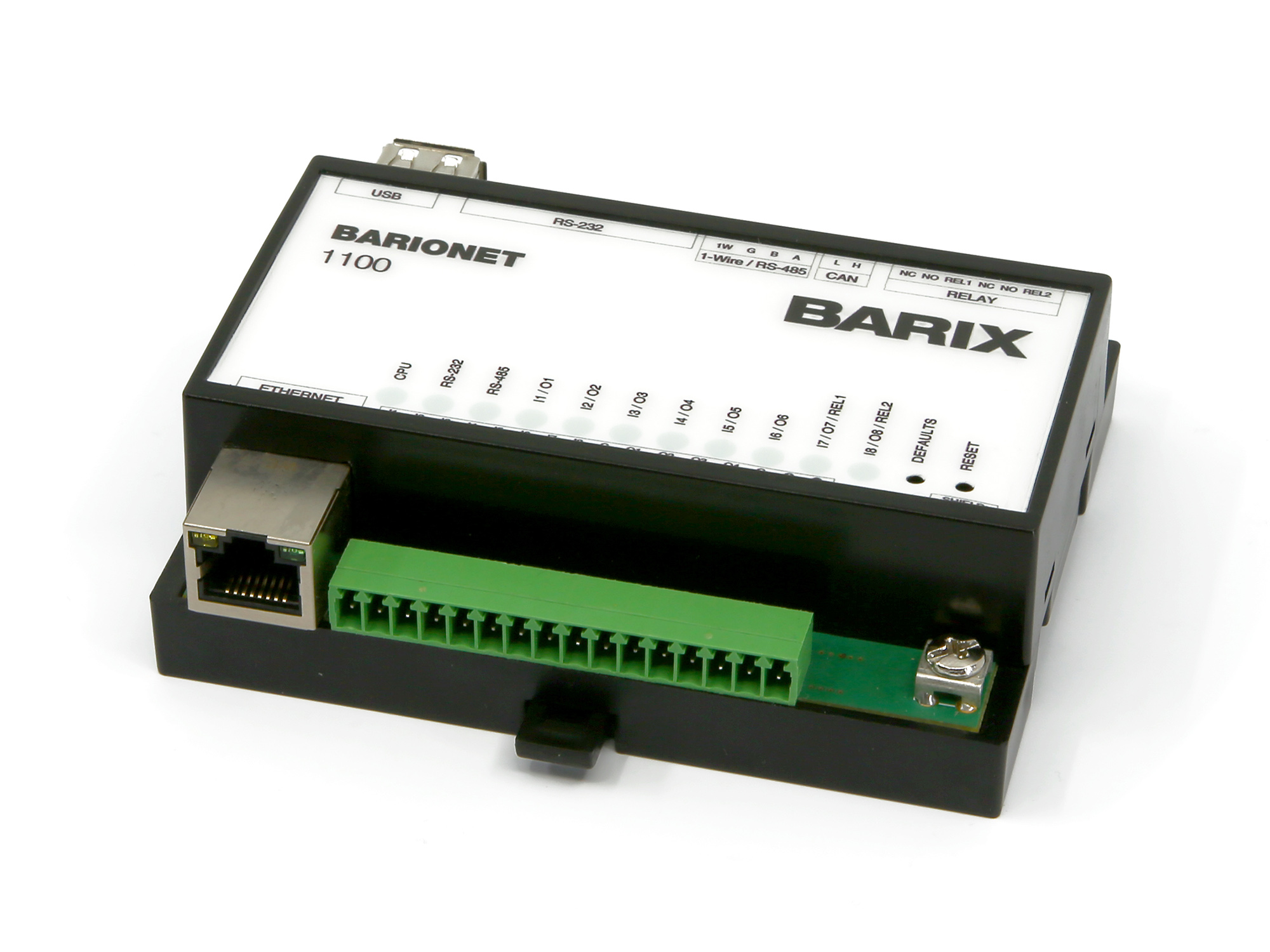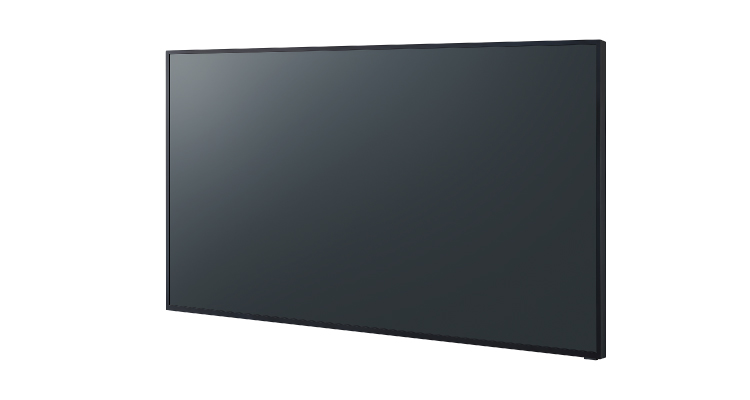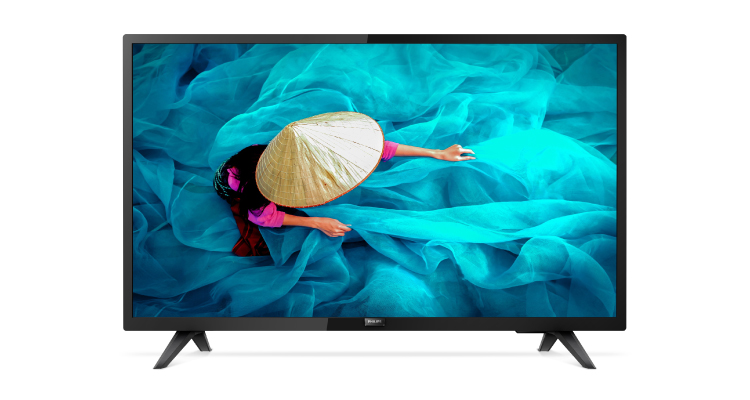Barix to Unveil New Family of Linux-Based Barionet Control, Automation and IoT Devices with Lua Support at ISE 2019
 ZURICH, SWITZERLAND, January 29, 2019 — Barix is continuing its tradition of providing innovative, IP control and automation technologies to third-party developers with the introduction of a new series of Linux-based I/O, IoT sensor and interface controllers in its popular Barionet product line. Debuting in stand 8-G275 at ISE 2019 (February 5-8 in Amsterdam), the new devices combine the power and flexibility of the universal, programmable Barionet platform with the simplicity of Lua programming and a cloud-based code deployment solution.
ZURICH, SWITZERLAND, January 29, 2019 — Barix is continuing its tradition of providing innovative, IP control and automation technologies to third-party developers with the introduction of a new series of Linux-based I/O, IoT sensor and interface controllers in its popular Barionet product line. Debuting in stand 8-G275 at ISE 2019 (February 5-8 in Amsterdam), the new devices combine the power and flexibility of the universal, programmable Barionet platform with the simplicity of Lua programming and a cloud-based code deployment solution.
For more than a dozen years, OEM developers, system designers and solution architects have depended on Barix’s proven, reliable Barionet technology as their preferred I/O device to control, automate and monitor critical systems in commercial and residential environments. Exceptionally simple to customize and deploy for a virtually unlimited array of problem-solving applications including next-generation IoT solutions, Barionet devices are ideal for access and door control; environmental monitoring; failover switching; exception alarming; motion detection; automated climate control and much more.
While Barix’s adoption of Linux in recent years has offered tremendous customization depth for experienced Linux programmers, many potential customers don’t have that level of coding expertise. Barix’s latest models support the lightweight, embeddable Lua scripting language, making customization of the devices’ behaviour easier than ever before. While earlier Barionet models featured the proprietary Barix Command Language (BCL) to simplify development, the incorporation of Lua support in the newest generation allows customers to use an industry standard programming language that is extremely easy to learn and implement.
Complementing the devices’ easy programmability is Barix’s new, cloud-based FLEXA service, which dramatically simplifies the deployment of custom Lua scripts to multiple Barionet units. Eliminating the need to manually load firmware onto each individual device, FLEXA effortlessly distributes the code to specified units over the internet. Developers first use the FLEXA portal to define which devices should receive the new scripts by a device-specific registration key. When one of those devices is subsequently connected to the internet, it will be directed to the portal, and the corresponding scripts will be automatically downloaded and installed onto it.
“While our previous Linux-based Barionet model was very attractive to developers, the new support for Lua in our latest configurations makes the Barionet platform accessible to a broader customer base that aren’t deep programming experts,” said Reto Brader, CEO, Barix. “Meanwhile, FLEXA brings the distribution of code to remote devices into the 21st century, and makes it a breeze. Customers can tailor operation using Lua scripts, and deploy them automatically to any number of Barionet units through the FLEXA portal.”
Barix will offer a complete range of Lua-capable and FLEXA-compatible Barionet models, enabling developers to choose exactly the right device for their application based on their required interfaces and advanced features. Lua and FLEXA support will be available on the new Barionet 200, Barionet 400 and Barionet 1100 – all premiering at ISE – and will be added to the existing Barionet 1000 model. The quartet of products provides a flexible choice of interfaces including analog and digital I/Os, relays, USB, WiFi, LoRa, CAN, Dallas 1-Wire® and more, along with integration features such as Power over Ethernet (PoE). The new Barionet models support both IPv4 and IPv6, and meet all modern security requirements.
While Lua support provides an easy entry point for customization, experienced programmers can still program the Linux-based devices using the Open WRT framework in their language of choice. Barix also offers Professional Services for developing applications on the Barionet devices, enabling customers to take advantage of the platform’s benefits without tasking their own development resources if they prefer.





